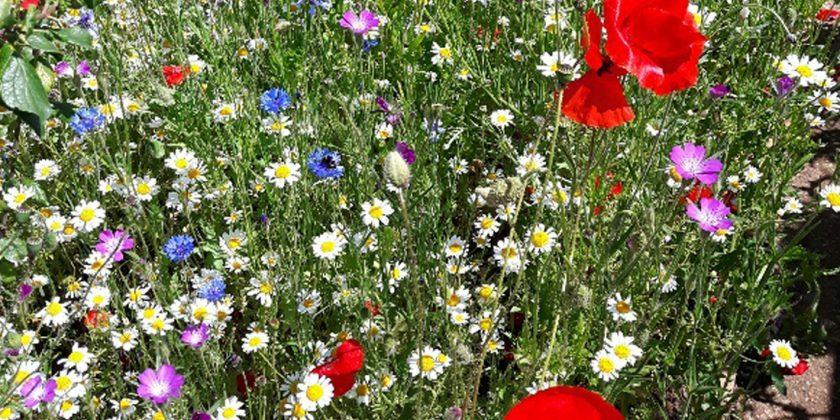
Over the past hundred years or so, as farming practices have changed and urban sprawl has extended, the number of areas of wild grasses and wildflowers in Ireland and the UK has significantly dropped. Some organisations state that the loss of ‘unimproved grasslands’ is as high as 99% in Ireland over the past hundred years.
Wildflowers
It becomes obvious then, if we have lost a huge amount of our grass ecosystems, that we have lost the wildlife that used those areas as their habitat. Wildflower meadows support a great range of plants, insects, birds and small mammals, and planting a wildflower bed in your garden is becoming more and more popular.
It is important to note that there is a difference between a flower bed and a wildflower bed. A flower bed may provide pollen for bees and pollinators while it is in bloom, but while it is dormant it is not a permanent home for wildlife. Whilst the typical flora you would find in a flower bed requires fertile soil, wildflowers prefer soil that is low in nutrients. To support a variety of local wildlife it’s important to provide a year-round habitat, by introducing a wildflower mix with cohesive grasses and wildflower species. This creates a greater level of diversity than a flower bed would, as native Irish flora and fauna have a chance to set up home.
Butterflies
Caterpillars feed on leaves and grass leaves in wildflower areas and this helps to provide a wonderful food source for the little guys. Some butterflies have become increasingly rare across Europe and the Marsh Fritillary Butterfly is one of the rarest butterflies that could see a resurgence – if the popularity of planting wildflower beds continues to increase.
Bees and Pollinators
The plight of bee populations has been well documented in the press for the last decade or so and providing a food source is one way the average person can help out. Bees are obviously very important as pollinators (as are butterflies and other species) and doing whatever we can remains very import to the wider ecology of our local areas.
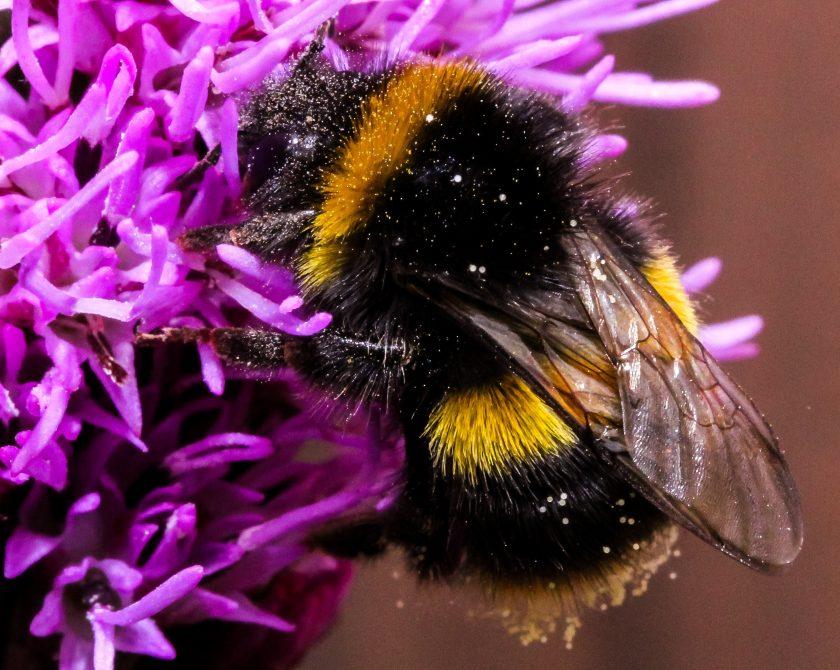
Wildlife
Hedgehogs, foxes and badgers all find solace and sanctuary in tall grasses – whether they’re just passing through or need a breather, a wildflower bed or border can provide much-needed respite.
Sowing Tips
Autumn is the best time of year for planting a wildflower bed and preparing the ground before planting is vital. Ensuring that weeds are cleared and that the top 5-10cm is removed to reduce fertility is also essential to successful germination and sustaining a wildflower meadow. Cutting the area should be done in late August or early September as this will be more beneficial for the local wildlife, especially grasshoppers who can find refuge in the cuttings if they are left behind.
A wildflower bed is a simple, low maintenance way to beautify and enrich your local environment and give local and native wildlife a home.


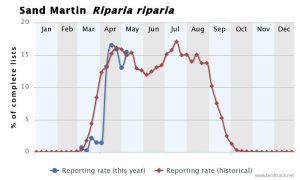
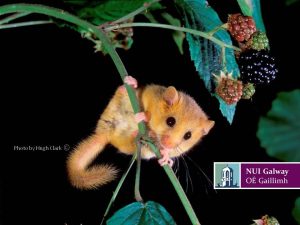
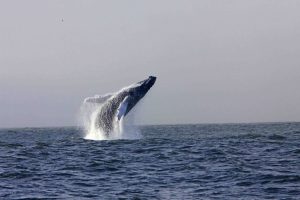



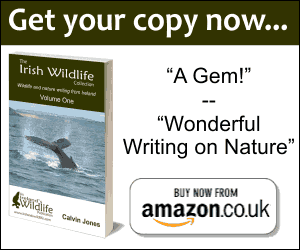

2 comments
Elna@YoNature
Great read, wildflower beds do not require as much maintenance as a normal flower bed and they thrive with life. You will find more bugs in a wildflower bed, and me personally I feel that wildflower beds look more gay and alive than other flower beds. Taking into consideration the environmental benefits, we should definitely increase go for wildflower beds if we can. Thanks for sharing Simon.
Roamingowls
That’s really the best idea to leave the native plants as it is! Once you have the native wildflowers, bees and butterflies starts to come. But people always prefers exotic plants, I don’t understand why when the native wildflowers are so beautiful. If people start creating wildflower beds, it will be awesome!